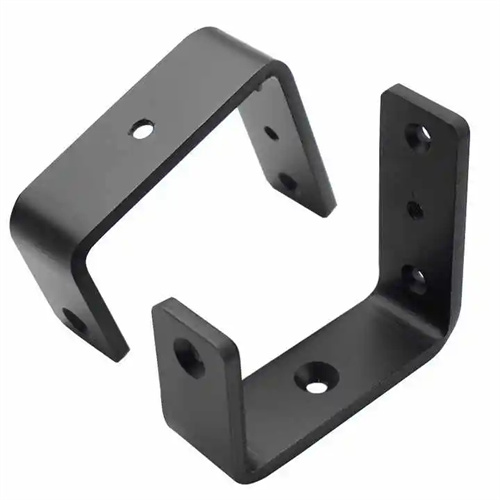Aluminum and aluminum alloy foil for cardboard
Aluminum and aluminum alloy foil for cardboard is an ultra-thin aluminum foil material laminated to the surface of cardboard. Aluminum foil cardboard is formed through a composite process. It combines the metallic luster and barrier properties of aluminum foil with the rigidity and ease of processing of cardboard. It is widely used in high-end packaging, printed materials, decorative materials, and other fields. Its thickness typically ranges from 6-20μm and its width ranges from 300-1600mm. It is commonly made from aluminum alloys such as 1235 and 8011. Pure 1235 aluminum foil (aluminum content ≥99.35%) offers excellent ductility and gloss. 8011 aluminum alloy foil, with its added small amounts of iron and silicon, boasts 15%-20% higher strength than pure aluminum foil, making it more suitable for packaging applications requiring a certain degree of stiffness.
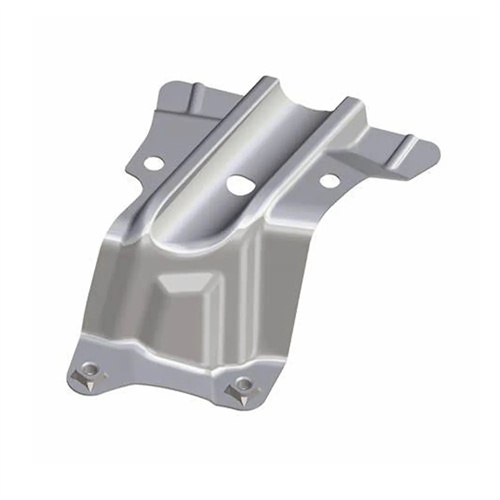
The production process for aluminum and aluminum alloy foil used in cardboard requires precision processes including casting, cold rolling, annealing, and slitting. First, electrolytic aluminum (purity ≥99.7%) is melted in a furnace, alloying elements are added (for example, 8011 requires 0.5%-0.9% iron and 0.5%-1.0% silicon), and then cast into a 6-8mm thick cast-rolled coil at a speed of 800-1200 mm/min to ensure uniform microstructure. Cold rolling is the core process for achieving ultra-thin thicknesses. A multi-roll cold rolling mill is used for 10-15 passes, with a total reduction exceeding 99%. Each pass is controlled at 30%-50%, and the rolling oil temperature is maintained at 40-50°C to prevent the foil from sticking to the rolls. The final thickness tolerance is controlled to ±0.5μm. Intermediate annealing is performed in a bell-type furnace at 300-350°C for 4-6 hours to eliminate work hardening and reduce the foil’s hardness to HV25-35, ensuring continuity in subsequent rolling. Finished product annealing is performed in a vacuum at 200-250°C to remove rolling oil residue and ensure surface cleanliness (oil content ≤ 5mg/m²). Finally, the foil is slit to the target width, with edge burrs ≤ 3μm. The coiling tension is uniform to avoid wrinkling.
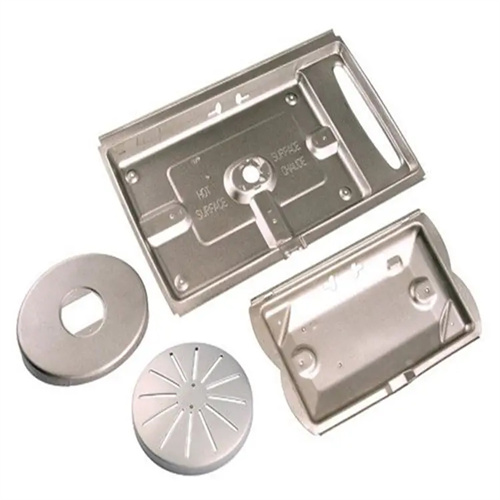
The performance advantages of aluminum and aluminum alloy foil for cardboard make it a highly competitive choice in the packaging and printing sector. First, it offers excellent metallic luster. After bright annealing, 1235 aluminum foil achieves a surface gloss of ≥85% and reflects over 70% of visible light, giving packaging a metallic feel and enhancing product quality. Second, it offers excellent barrier properties, with oxygen and water vapor barrier rates exceeding 99.9% and 99.5%, respectively. Combined with cardboard, it can extend the shelf life of food and pharmaceuticals. Third, it offers excellent composite properties. After corona treatment, its surface tension reaches 36-40 dyn/cm, and its adhesive strength with adhesives is ≥3N/15mm. After lamination, it exhibits no bubbles or delamination. Fourth, it offers excellent processability, allowing for die-cutting, embossing, and folding. Its minimum bend radius is 1 times its thickness, making it suitable for producing three-dimensional packaging. Fifth, it is environmentally friendly and recyclable. The recycling rate of aluminum foil and cardboard composites is ≥90%, aligning with the trend toward green packaging.
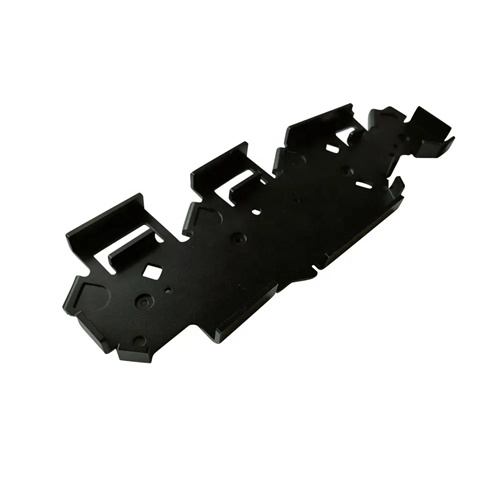
Aluminum and aluminum alloy foil for cardboard are core materials for high-end packaging. In food packaging, chocolate and candy boxes utilize 6-10μm thick 1235 aluminum foil composite cardboard, which uses hot stamping to enhance the metallic texture while also blocking moisture. In tobacco packaging, cigarette cartons utilize 10-12μm 8011 aluminum foil cardboard, which combines stiffness and gloss, enhancing product recognition. In cosmetics packaging, skincare gift boxes utilize 15-20μm colored aluminum foil cardboard, with personalized patterns created through printing and embossing. In printed materials, aluminum foil composite cardboard is used for book covers and postcards, with UV varnishing increasing wear resistance by three times. In decorative materials, interior paintings and gift boxes utilize aluminum foil cardboard to simulate the textures of metal and leather, reducing costs.
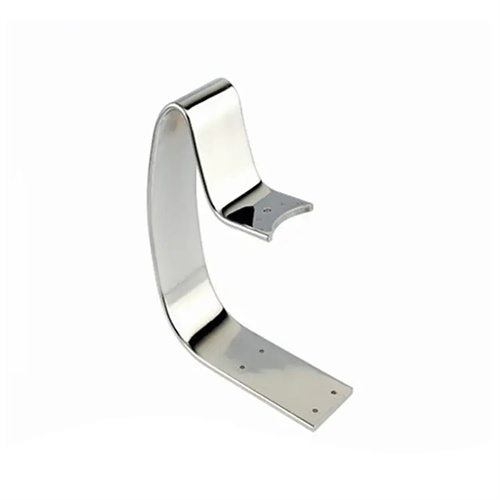
Industry trends indicate that aluminum and aluminum alloy foil for cardboard is moving toward ultra-thin, functional, and environmentally friendly design. Breakthroughs in the production of ultra-thin aluminum foil (thickness ≤ 4μm) have reduced material consumption by 15%-20% while maintaining strength. The application of functionalized coated aluminum foil (such as antimicrobial and easy-tear coatings) is expanding safety and convenience in food contact applications. Environmentally friendly lamination processes, utilizing solvent-free adhesives, are being promoted, reducing VOC emissions by over 90%. Intelligent production technologies, through online thickness measurement and surface quality monitoring, have increased product qualification rates to 99.5%. Advanced recycling technologies are enabling efficient separation of aluminum foil from cardboard, raising aluminum recovery rates to over 95%. In the future, as consumption upgrades and demand for green packaging grows, aluminum and aluminum alloy foil for cardboard will continue to evolve toward thinner, lighter, and more environmentally friendly options while maintaining its decorative qualities, driving industry upgrades.
